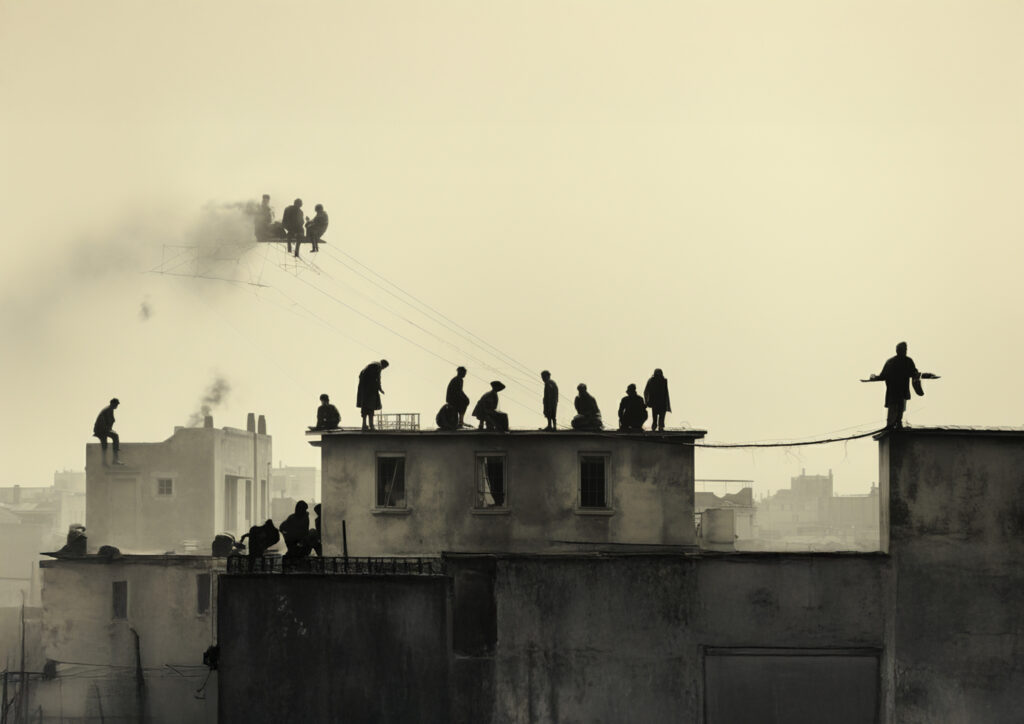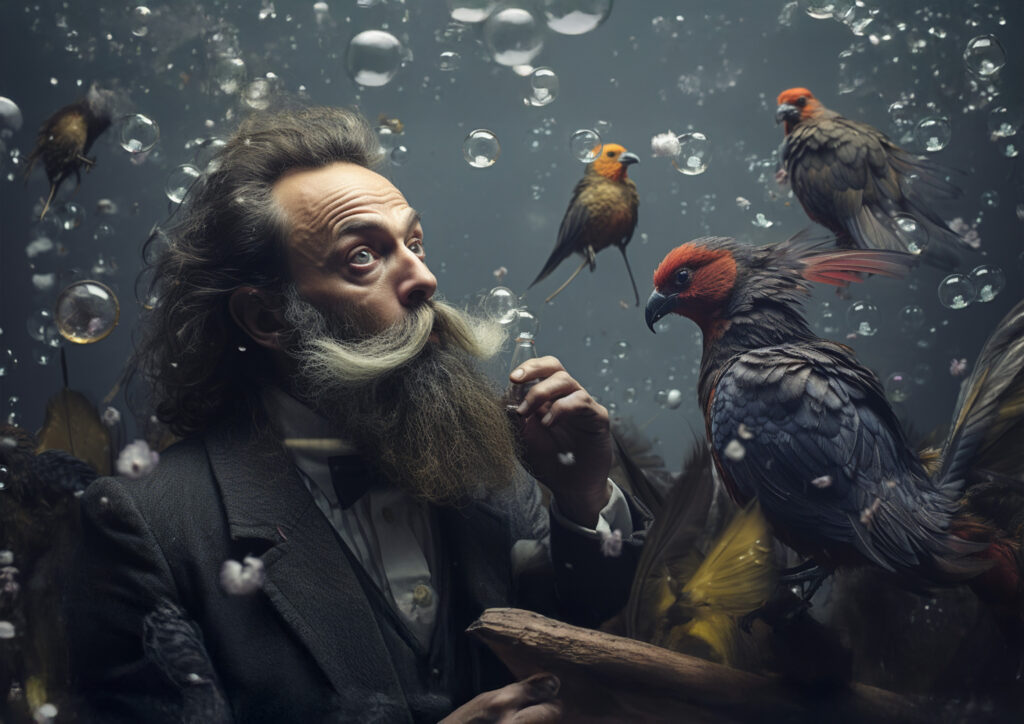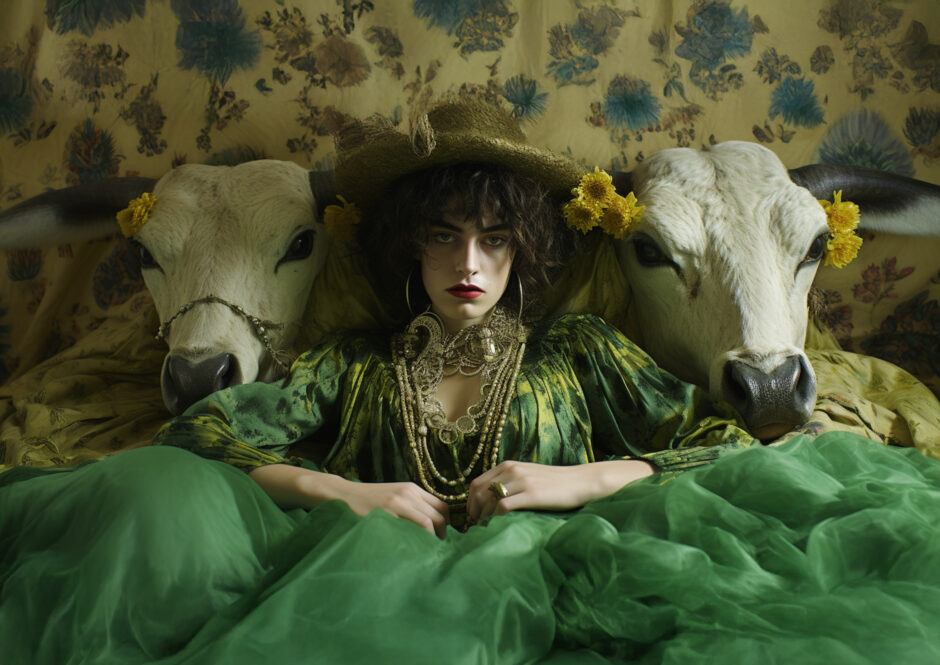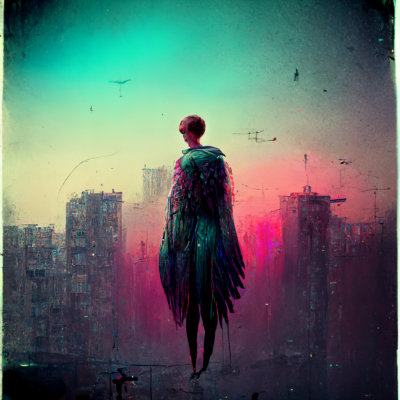PHOTOPIA (2023)
The Paradox of AI and Photography – When Machines Create Reality
There was a time when photography was not considered art. When the first photographs appeared, painters ridiculed them: „too mechanical, too effortless, too soulless. A machine that captures reality at the click of a button? Where’s the art in that?“
It took decades for photography to find its place in the art world – first as a tool, then as a craft, and finally as a medium in its own right. Now we find ourselves in a familiar debate. AI-generated images are flooding our screens, mimicking photography so convincingly that the line between real and artificial is disappearing. Once again, the same anxiety arises: is this art? What happens to human creativity when machines can create so easily?
This series is a study in exploring those limits – an exploration of how closely AI-generated images can approximate photography. Not just in sharpness, depth or light, but in the substance.
But here is where the paradox lies. AI is incredibly powerful at creating images, but it does so without knowing anything. It doesn’t feel longing, nostalgia or tenderness. It recognizes words, analyses patterns and constructs visuals based on probability, not intuition. Photography, too, was once seen as mechanical reproduction rather than artistic creation. But in the hands of artists, the camera became more than a machine – it became a tool for interpretation, for shaping reality rather than just capturing it.
The same is happening with AI. The technology alone, without the human touch, is nothing. Today’s question is: how do we, as artists, use it?
The Dark Side: Deep Fakes and the Collapse of Trust
On the contrary we are witnessing the moment when images are definitely no longer proof of reality. Deep fakes and AI-generated visuals have reached a level of sophistication where even trained eyes struggle to distinguish between what is real and what is fabricated. We are at a point where AI can generate endless variations of reality at breathtaking speed. But speed isn’t the same as depth. An AI model doesn’t pause, reflect, or doubt. It doesn’t obsess over a single thought or the perfect combination of colors.
It suggests and it never truly decides.
Photography was once a trustworthy source of truth. It documented wars, told political narratives, and preserved history. Yet, manipulation has always been possible. In the past, altering images required skills like darkroom expertise, then Photoshop mastery. Now, with AI, reality can be reconstructed in seconds, effortlessly, invisibly – by almost anyone.
A machine can fabricate people who never existed, reconstruct events that never happened, and do it so convincingly that our entire perception of reality begins to shift.
Who controls the algorithms shaping our digital world? What happens when AI-generated content completely saturates our feeds – When the dead internet theory gets out of its conspiracy shadow and becomes reality? Is it still an explosion of creativity or will it rather become the automation of culture?
At the bottom line, coming from the media arts, it’s clear to me that this isn’t a question of if AI – generated art will be accepted — it’s only a matter of when and at what costs. Just as photography took time to gain legitimacy, AI will carve out its own space. But what that space will look like depends entirely on how we, as artists, use it — and how we, as a society, interpret and adopt it.
AI already creates an alternate digital reality.

Hahnemühle FineArt Baryta, 2023

Hahnemühle FineArt Baryta, 2023

Hahnemühle FineArt Baryta, 2023


